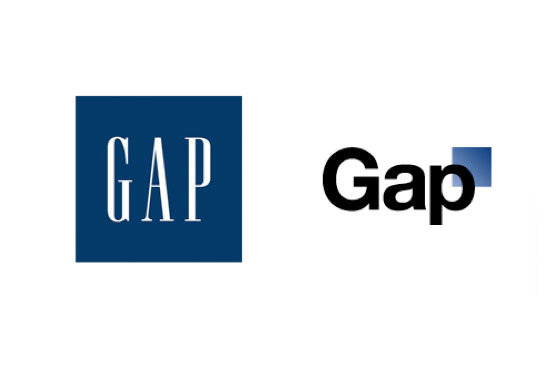PR is reaching a golden age, triggered by the growth of social media and new, more relevant metrics. PR is dead, a bridesmaid in the hot pursuit of larger budgets and sexy social programs. The predictions are all over the map, but, as usual, the truth lies somewhere in the middle. Here’s our list for the top trends that will have an impact on how we do our jobs in the coming year.
1. Curation, not just content, is king. For social media platforms to maintain their hypergrowth, they must make it easier for us to organize, filter, and customize the content coming our way. And, as creators and aggregators, we’ll fill that role for the content we distribute to client and corporate audiences.
2. Digital storytelling is a big story. As mainstream media opportunities shrink, communicators are increasingly the producers and packagers of our own content. Use of images, video, and particularly infographics, to impart news and track trends, will be differentiators. Check out Bob Pickard’s blog for excellent insights on digital storytelling, and the more scientific approach he forecasts for public relations.
3. Social everything. The explosion of social shopping, gaming, and learning will create more opportunities for branding and consumer engagement. Look for the Groupon promotion model to migrate beyond consumer sectors, perhaps into professional services. (PR programs by the dozen?) We need to find ways to make content as social and “spreadable” as possible throughout the Web.
4. Multicultural marketing gets more attention, and funding. In addition to demographic trends, the Web is rapidly becoming a more multicultural, multilingual place, making multicultural marketing and communications talent in our business highly sought-after.
5. Reputation management drives corporate priorities. Marketing PR as a demand generation and brand-building tool isn’t going away, but “defensive PR” will be even bigger than ever. The tolerance for a poor or inadequate response to bad customer feedback, or a genuine crisis situation, will become even smaller in 2011.
6. Customer service is the new PR. Public relations practitioners and customer service professionals will collaborate more, as each needs to be skilled in dealing directly with the customer – often under stressful circumstances. With the ubiquity of the social Web and the growth of the “complaint culture,” our skills in interfacing directly with communities, and managing a two-way communication channel, will be highly valued.
7. Offlining gains steam. We’re hyper-connected, yes. But as data speeds grow and devices proliferate, many of us will be unplugging, at least temporarily, to recharge and detox. I’m convinced that Eric Yaverbaum and Mark DiMassimo are really onto something with their offlining movement, at least among those over 35.
8. Mobile is mainstream. The Web is dead, long live the Internet. Given new categories of mobile devices and the coming of 4G, the content we distribute will be increasingly adapted to tablets, smartphones, and other devices. This has implications for length, optimization, graphics, and links. More importantly, our audiences may be accessing the Web from behind pay walls and commercial apps, which means we need to be more creative and forward-thinking to reach them with branded messages.
9. New measurement models catch on. Communicators have gained a grasp on the measurement tools that help justify our budgets and benefit from a return to pre-recession marketing expenditures. The currency of the future isn’t just reach, popularity, or traffic, but sentiment and influence. Industry vendors like Cision are hyping new tools that offer real-time monitoring of all online content, with automated features like sentiment analysis for more sophisticated profiling of a wider range of influencers.
10. The “new” influencer is the crowd. Influence will become more democratic in 2011 and beyond. Look for more media companies to take decisions about top stories, lists, and even business direction to their readers. Corporations will also be more willing to crowdsource new products, company promotions, and possibly try out new business models in the coming years.
What do you see as trends for 2011 and beyond? Please tell us your ideas, and we’ll post updates with the most intriguing suggestions.


